Why These 7 Stocks Are the Best Ways to Play Hydrogen Right Now
Aside from other green energy stocks, artificial intelligence, and machine learning, hydrogen stocks are some of the most exciting opportunities on the market. In fact, here are seven of the best hydrogen stocks you may want to buy now.
According to the Hydrogen Council, it’s central to reaching net zero emissions and limiting global warming to 1.5 degrees Celsius. In fact, the Inflation Reduction Act includes a tax credit for companies producing it.
And according to the International Energy Agency, global hydrogen demand will need to double from about 94Mt in 2021 to more than 180 by 2030. Europe may need to see a six-fold increase in demand by 2050.
InvestorPlace - Stock Market News, Stock Advice & Trading Tips
Some analysts foresee a multi-trillion-dollar hydrogen opportunity, as well. Goldman Sachs, for example, believes that hydrogen could become a $12 trillion market by 2030. Bank of America says green hydrogen could be worth more than $11 trillion by 2050. Morgan Stanley also thinks that hydrogen could become an $11 trillion opportunity.
So, what are the best hydrogen stocks to buy right now?
Best Hydrogen Stocks to Buy: Bloom Energy (BE)
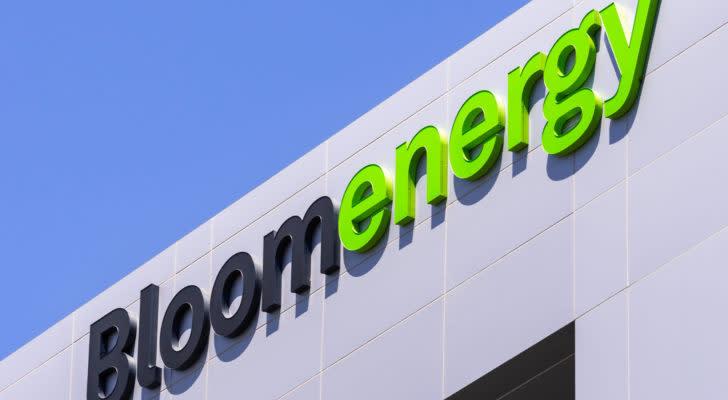
Source: Sundry Photography / Shutterstock
The last time I mentioned Bloom Energy (NYSE:BE), it traded at around $16.40 on June 29. Today, it’s up to $17.85. Helping, RBC Capital analysts just initiated coverage of the BE stock with an outperform rating, with a price target of $24. The firm says BE is “positioned for robust growth and improving profitability through the end of the decade.”
Also, in May, the company reported that total revenues were up 37% to $275 million. Product and service revenue was up 39% to $234 million, with gross margins up 5.4 percentage points to 21.2%. Operating losses also improved by $5.3 million. Adjusted EBITDA also improved by $9 million. Better, for 2023, the company just said it expects revenue to come in between $1.4 and $1.5 billion – which implies 21% growth at the midpoint.
When second-quarter numbers are released on Aug. 9, I expect to see similar revenue growth and improvements in margins. I also expect the stock to push aggressively higher on the news.
Best Hydrogen Stocks to Buy: Plug Power (PLUG)
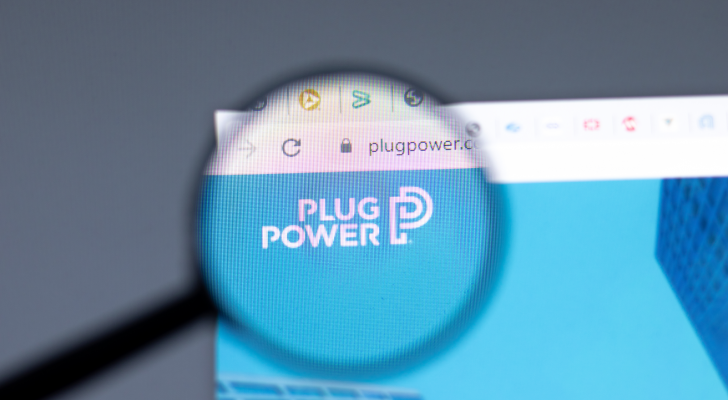
Source: Postmodern Studio / Shutterstock
I also mentioned Plug Power (NASDAQ:PLUG), as it traded at $9.44 on June 29. Today, it’s up to $12.36, with a good deal of momentum.
For one, the company just announced it would supply electrolyzers for a green hydrogen project in Australia. Two, it also said it won “the largest announced project in the oil and gas sector in Europe.” And while PLUG didn’t name the company, the electrolyzers will be delivered and installed by 2024 and will generate 43 tons per day of green hydrogen.
Citi analysts even initiated a buy rating on Plug Power, with a $13 price target. They noted the company’s early mover advantage makes it well-positioned to benefit from the demand for green hydrogen. They also expect PLUG to achieve positive gross margins this year, with a goal of exceeding 30% by 2026.
Best Hydrogen Stocks to Buy: Global X Hydrogen ETF (HYDR)
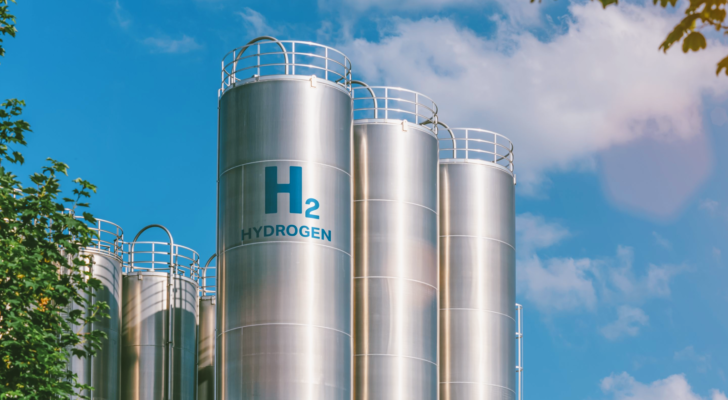
Source: Audio und werbung / Shutterstock
If you’ve been following me for some time, you also know I like to throw in ETFs. Not only do they allow for strong diversification, but they’re typically cheaper than buying stock. Look at the Global X Hydrogen ETF (NASDAQ:HYDR), for example, which I also recommended on June 29, as it traded at around $8.90. Today, it’s up to $9.98, and if it can break above resistance around $10.30, it could potentially test $11.45 next.
With an expense ratio of 0.50%, this one, in particular, invests in companies involved in hydrogen production; the integration of hydrogen into energy systems; and the development/manufacturing of hydrogen fuel cells and electrolyzers, including Bloom Energy, Plug Power, and Ballard Power (NASDAQ:BLDP) to name a few.
Direxion Hydrogen ETF (HJEN)

Source: Alexander Limbach / Shutterstock
Or look at the Direxion Hydrogen ETF (NYSEARCA:HJEN). It gives investors exposure to top hydrogen stocks, but it also does so at below $15 per share. With an expense ratio of 0.45%, this ETF holds 30 companies that are in the following sectors: Hydrogen production and generation, storage and supply, fuel cells and battery, and systems and solutions.
Since June, the ETF ran from a low of about $12.50 to a recent high of $14.29, which puts it above prior resistance around $14.28. From here, I’d like to see the ETF challenge $15.50, which is doable given the strong momentum in hydrogen stocks.
Defiance Next Gen H2 ETF (HDRO)
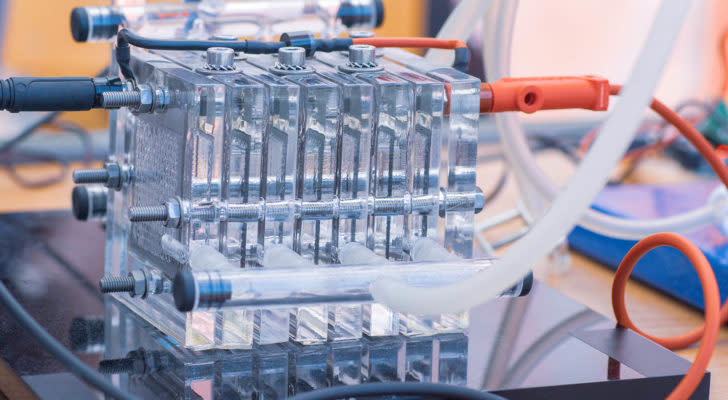
Source: Kaca Skokanova/ShutterStock.com
There’s also the Defiance Next Gen H2 ETF (NYSEARCA:HDRO). Not only does this ETF offer a good deal of exposure to hydrogen stocks, but it does so at an impressively lower cost.
For example, the HDRO ETF, which has an expense ratio of 0.30%, trades at around $9a share. With this ETF, investors gain exposure to stocks such as Plug Power, Bloom Energy, Ballard Power, Fuel Cell Energy (NASDAQ:FCEL), and dozens more. To be included in this ETF, a company must generate 50% of its revenue from hydrogen and/or a fuel cell project, or be involved in developing fuel cells or hydrogen sources, according to Defiance ETFs.
Air Products & Chemicals (APD)

Source: Bjoern Wylezich / Shutterstock
The last time we spoke about Air Products & Chemicals (NYSE:APD), the stock traded at around $284 on April 3. Today, it’s up to $298.95 and could eventually refill its bearish gap around $311. It just has to clear resistance at $300 first. It’ll happen.
We have to remember APD is one of the world’s leading hydrogen suppliers. At the moment, the company owns and operates more than 100 hydrogen plants around the world. It was also just chosen by Edmonton International Airport as the hydrogen and technology provider for Alberta’s first hydrogen fuel cell passenger vehicle fleet. And it carries a yield of 2.34%.
Plus, one of the company’s biggest projects is its $7 billion hydrogen joint venture in Saudi Arabia. When completed in 2025, it’ll produce about 650 tons of hydrogen a day. Even better, there are estimates the global hydrogen market could reach $12 trillion. When that happens, I expect APD to be at the forefront raking in billions.
Linde (LIN)
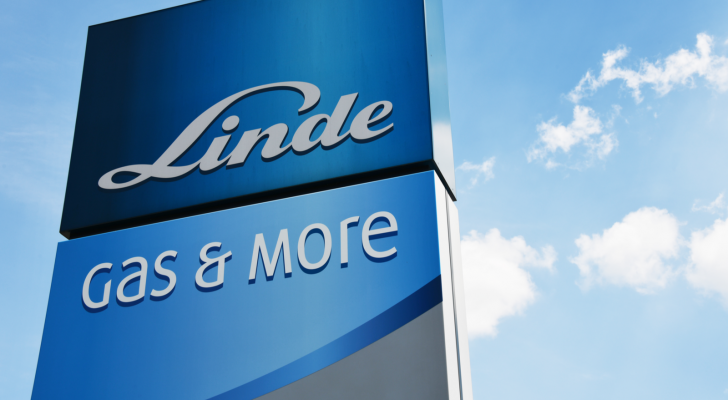
Source: nitpicker / Shutterstock.com
Another hot trade on the hydrogen boom is Linde (NYSE:LIN). Its Niagara Falls plant, scheduled to open in 2025, will use carbon-free hydroelectric power to make hydrogen. In fact, according to Barron’s, “Hydrogen now represents less than 10% of Linde’s sales, but analysts see it growing in importance as the company invests in projects worth tens of billions of dollars.”
The company also said it was allocated $33 billion to clean energy investments, most of which will be hydrogen-related. Plus, BMO Capital Markets says investors should use any weakness in LIN as a buying opportunity. They also see “upside potential beyond our $370 target price.”
Even Citi analysts just initiated coverage of Linde, with a $430 price target. Plus, earnings haven’t been too shabby. For the first quarter, the company reported net income of $1.5 billion and diluted EPS of $3.06, up 29% and 33%, respectively. Sales were up to $8.19 billion, which was flat year over year. Even better, the company carries a dividend yield of 1.35%.
Its last dividend of $1.275 was recently paid on June 16 to shareholders of record, as of June 2. We expect to hear about a newer dividend payout shortly.
On the date of publication, Ian Cooper did not hold (either directly or indirectly) any positions in the securities mentioned. The opinions expressed in this article are those of the writer, subject to the InvestorPlace.com Publishing Guidelines.
Ian Cooper, a contributor to InvestorPlace.com, has been analyzing stocks and options for web-based advisories since 1999.
More From InvestorPlace
ChatGPT IPO Could Shock the World, Make This Move Before the Announcement
Musk’s “Project Omega” May Be Set to Mint New Millionaires. Here’s How to Get In.
The Rich Use This Income Secret (NOT Dividends) Far More Than Regular Investors
The post Why These 7 Stocks Are the Best Ways to Play Hydrogen Right Now appeared first on InvestorPlace.
